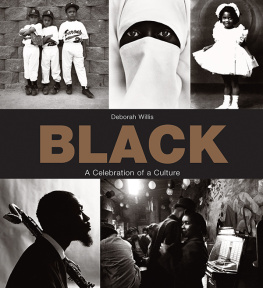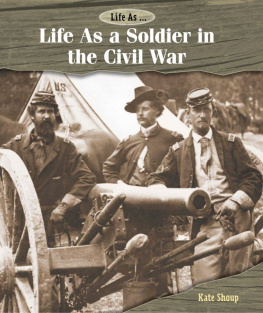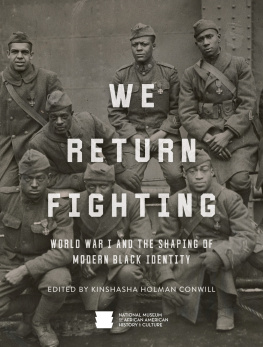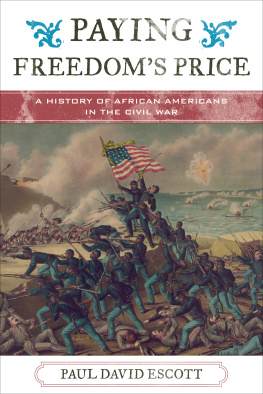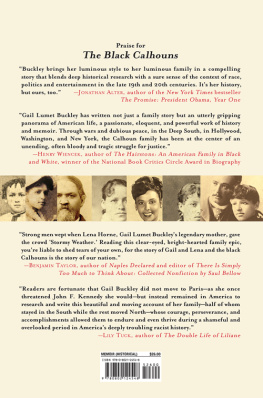Deborah Willis - The Black Civil War Soldier: A Visual History of Conflict and Citizenship
Here you can read online Deborah Willis - The Black Civil War Soldier: A Visual History of Conflict and Citizenship full text of the book (entire story) in english for free. Download pdf and epub, get meaning, cover and reviews about this ebook. City: New York, year: 2021, publisher: New York University Press, genre: History / Science. Description of the work, (preface) as well as reviews are available. Best literature library LitArk.com created for fans of good reading and offers a wide selection of genres:
Romance novel
Science fiction
Adventure
Detective
Science
History
Home and family
Prose
Art
Politics
Computer
Non-fiction
Religion
Business
Children
Humor
Choose a favorite category and find really read worthwhile books. Enjoy immersion in the world of imagination, feel the emotions of the characters or learn something new for yourself, make an fascinating discovery.

- Book:The Black Civil War Soldier: A Visual History of Conflict and Citizenship
- Author:
- Publisher:New York University Press
- Genre:
- Year:2021
- City:New York
- Rating:5 / 5
- Favourites:Add to favourites
- Your mark:
The Black Civil War Soldier: A Visual History of Conflict and Citizenship: summary, description and annotation
We offer to read an annotation, description, summary or preface (depends on what the author of the book "The Black Civil War Soldier: A Visual History of Conflict and Citizenship" wrote himself). If you haven't found the necessary information about the book — write in the comments, we will try to find it.
A stunning collection of stoic portraits and intimate ephemera from the lives of Black Civil War soldiers
Though both the Union and Confederate armies excluded African American men from their initial calls to arms, many of the men who eventually served were black. Simultaneously, photography culture blossomedmarking the Civil War as the first conflict to be extensively documented through photographs. In The Black Civil War Soldier, Deb Willis explores the crucial role of photography in (re)telling and shaping African American narratives of the Civil War, pulling from a dynamic visual archive that has largely gone unacknowledged.
With over seventy images, The Black Civil War Soldier contains a huge breadth of primary and archival materials, many of which are rarely reproduced. The photographs are supplemented with handwritten captions, letters, and other personal materials; Willis not only dives into the lives of black Union soldiers, but also includes stories of other African Americans involved with the strugglefrom left-behind family members to female spies. Willis thus compiles a captivating memoir of photographs and words and examines them together to address themes of love and longing; responsibility and fear; commitment and patriotism; andmost predominantlyAfrican American resilience.
The Black Civil War Soldier offers a kaleidoscopic yet intimate portrait of the African American experience, from the beginning of the Civil War to 1900. Through her multimedia analysis, Willis acutely pinpoints the importance of African American communities in the development and prosecution of the war. The book shows how photography helped construct a national vision of blackness, war, and bondage, while unearthing the hidden histories of these black Civil War soldiers. In combating the erasure of this often overlooked history, Willis asks how these images might offer a more nuanced memory of African-American participation in the Civil War, and in doing so, points to individual and collective struggles for citizenship and remembrance.
Deborah Willis: author's other books
Who wrote The Black Civil War Soldier: A Visual History of Conflict and Citizenship? Find out the surname, the name of the author of the book and a list of all author's works by series.

